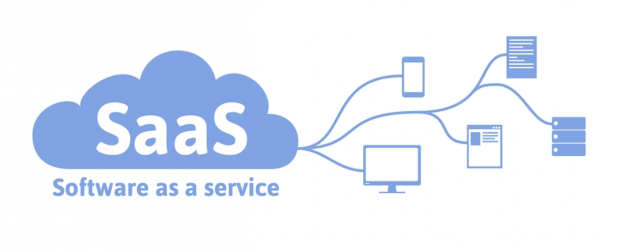According to Garner, a leading research firm, the total cost to purchase and manage the software applications will grow up to four times the cost of the initial investment, and the organizations will end up investing around 75% of their total IT budget just to run and maintain software infrastructure.
Traditional Software Model vs. on Demand Software-as-a-Service Model
Conventional software applications involve large upfront licensing costs, support costs and maintenances costs. A few of the essential features are also optioned in the licensed software with annual renewal for support and upgrades. With the expanding user base, the base price of the software package also rises up as additional hardware server and tech support is required for its configuration. Ease of customization allows changing the configuration as when required. However, the customization also comes at a cost.
For traditional software applications – hardware, servers, backup and network connectivity is imperative to cater to the needs of users. Also, to protect these software applications from unethical activities highly secured architecture is required. In traditional software model, the customer is responsible for keeping the applications secure along with its maintenance and management.
SaaS Model: Software-as-a-Service or web-based software is a new age cloud computing deployment model delivering software applications to multiple users on a recurring subscription fee. The cost associated with the software applications increases as the usage of the applications raises up. This is multi-tenant software platform, where hardware architecture is shared among multiple users.
Hardware Deployment: Software-as-a-Service based deployment model does not require any hardware and can efficiently run on an existing Internet architecture. SaaS applications can be easily configured through API, however can’t be customized.
Maintenance + Management+ Support: The SaaS provider owes the full responsibility to manage the software applications, secure them, maintain the software infrastructure, and provide training in exchange for the subscription fees. This software as a service delivering model enables user to access the required software tools anywhere, anytime. The service provider is armed with technical staff, redundant network architecture to handle the unwanted outages and spikes in the usage.
Multi-tenant Software-as-a-Service model help companies to grow and spread their IT investment on other essential segments.
Read More at : How SaaS Providers Can Reduce Customer Attrition






 Live Chat
Live Chat
